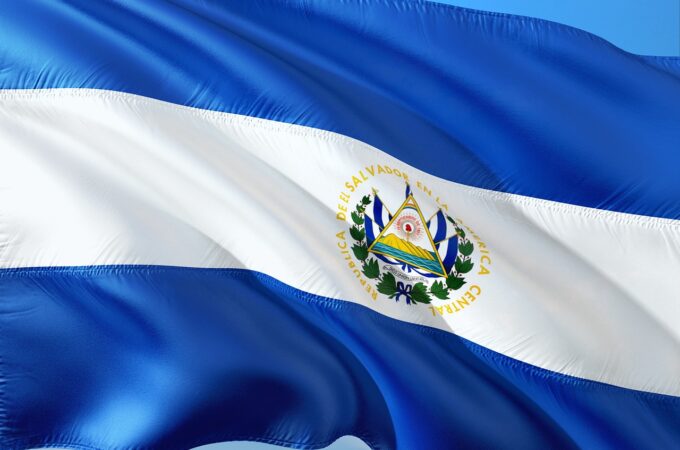
Circle Broadens USDC Reach: Expands to Brazil and Mexico, Plans Launch on Sui Network
In a series of strategic moves, Circle, the issuer of the USD Coin (USDC) stablecoin, has announced significant expansions in Latin America and a forthcoming integration with the Sui blockchain network. These developments mark important milestones in Circle’s efforts to enhance global access to digital dollars and strengthen its position in the evolving cryptocurrency landscape.
USDC Now Available Through Local Payment Systems in Brazil and Mexico
Circle has revealed that USDC is now accessible in Brazil and Mexico through national, real-time payment systems. This integration allows businesses to obtain USDC directly from local financial institutions in these two G20 economies without the need for international wire transfers.
In Brazil, Circle has connected with the PIX system, a payment network created by the Central Bank of Brazil in 2020 that boasts nearly 160 million users. For Mexico, the company has integrated with SPEI, the real-time gross settlement payment system operated by Banco de México.
This move enables the direct conversion of Brazilian Reais (BRL) and Mexican Pesos (MXN) into USDC, eliminating the need for prior conversion to US dollars. Circle claims this can significantly reduce the time required to access USDC from days to minutes, potentially freeing up capital previously trapped in lengthy settlement processes.
The expansion into these markets is particularly noteworthy given the volume of dollar-denominated cross-border flows in the region. Mexico is among the largest trading partners of the United States, with annual goods and services trade exceeding $800 billion. Meanwhile, Brazil conducts 95% of its $640 billion annual foreign trade in goods using dollars.
Upcoming Launch on Sui Network
In a separate but equally significant development, Circle has announced plans to launch native USDC on the Sui Network, a layer-1 blockchain platform. This integration will make Sui the first blockchain based on the Move programming language to support both native USDC and the Cross-Chain Transfer Protocol (CCTP).
The CCTP is a permissionless on-chain utility that facilitates secure USDC transfers between supported blockchain networks through native burning and minting processes. This integration aims to enhance Sui’s utility, security, and interoperability for users and developers.
Nikhil Chandhok, Chief Product Officer at Circle, expressed enthusiasm about the collaboration, stating, “Circle’s open platform and permissionless protocols will help more builders deliver blockchain-based utility and contribute to efficient payment experiences on Sui and across other ecosystems.”
The Sui Network, which launched its mainnet just over a year ago, has been rapidly gaining traction in the decentralized finance (DeFi) space. As of September 17, 2024, Sui boasts nearly $700 million in Total Value Locked (TVL) and ranks among the top 10 blockchains in weekly decentralized exchange (DEX) trading volume.
Implications for the Stablecoin Market
These expansions come at a time when USDC holds the second-largest market share among USD-pegged stablecoins on Ethereum, with a market capitalization of approximately $35.5 billion. The moves into Brazil, Mexico, and the Sui Network could potentially strengthen USDC’s position in the competitive stablecoin market.
However, it’s worth noting that USDC is not the first stablecoin to make inroads in these markets. Tether (USDT), Circle’s main competitor, has already established presence in both Brazil and Mexico. In 2022, Tether enabled USDT conversion to Brazilian reais through an agreement with local crypto services provider SmartPay and introduced MXNT, a stablecoin pegged to the Mexican peso.
As the stablecoin landscape continues to evolve, these strategic expansions by Circle highlight the growing importance of digital dollars in emerging markets and the increasing integration of stablecoins with both traditional financial systems and innovative blockchain platforms.





